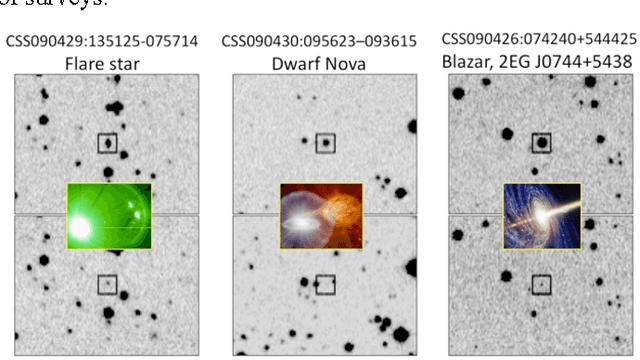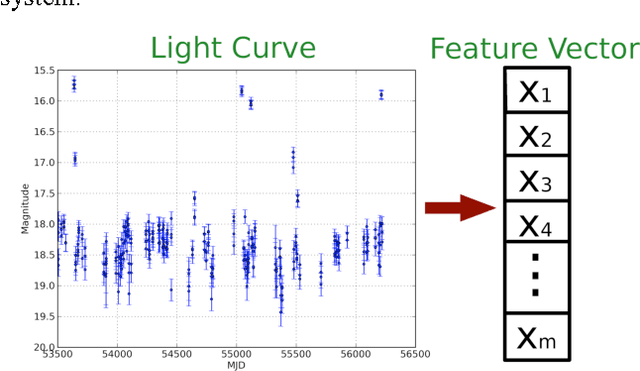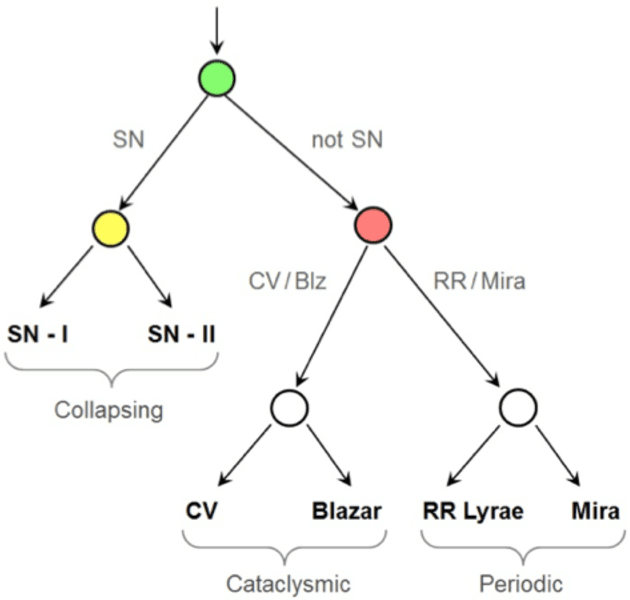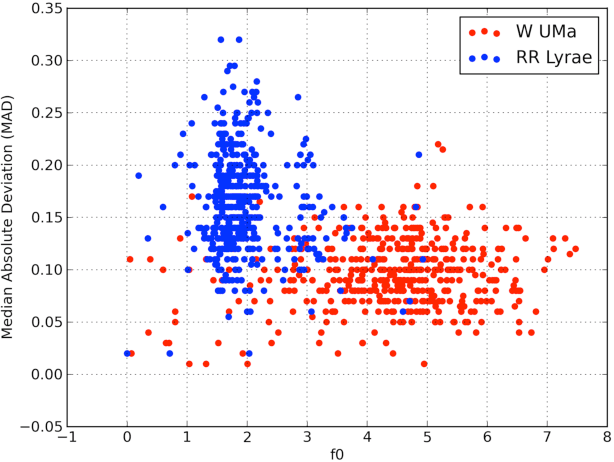Michael J. Turmon
Modeling groundwater levels in California's Central Valley by hierarchical Gaussian process and neural network regression
Oct 23, 2023Abstract:Modeling groundwater levels continuously across California's Central Valley (CV) hydrological system is challenging due to low-quality well data which is sparsely and noisily sampled across time and space. A novel machine learning method is proposed for modeling groundwater levels by learning from a 3D lithological texture model of the CV aquifer. The proposed formulation performs multivariate regression by combining Gaussian processes (GP) and deep neural networks (DNN). Proposed hierarchical modeling approach constitutes training the DNN to learn a lithologically informed latent space where non-parametric regression with GP is performed. The methodology is applied for modeling groundwater levels across the CV during 2015 - 2020. We demonstrate the efficacy of GP-DNN regression for modeling non-stationary features in the well data with fast and reliable uncertainty quantification. Our results indicate that the 2017 and 2019 wet years in California were largely ineffective in replenishing the groundwater loss caused during previous drought years.
Feature Selection Strategies for Classifying High Dimensional Astronomical Data Sets
Oct 08, 2013



Abstract:The amount of collected data in many scientific fields is increasing, all of them requiring a common task: extract knowledge from massive, multi parametric data sets, as rapidly and efficiently possible. This is especially true in astronomy where synoptic sky surveys are enabling new research frontiers in the time domain astronomy and posing several new object classification challenges in multi dimensional spaces; given the high number of parameters available for each object, feature selection is quickly becoming a crucial task in analyzing astronomical data sets. Using data sets extracted from the ongoing Catalina Real-Time Transient Surveys (CRTS) and the Kepler Mission we illustrate a variety of feature selection strategies used to identify the subsets that give the most information and the results achieved applying these techniques to three major astronomical problems.
 Add to Chrome
Add to Chrome Add to Firefox
Add to Firefox Add to Edge
Add to Edge